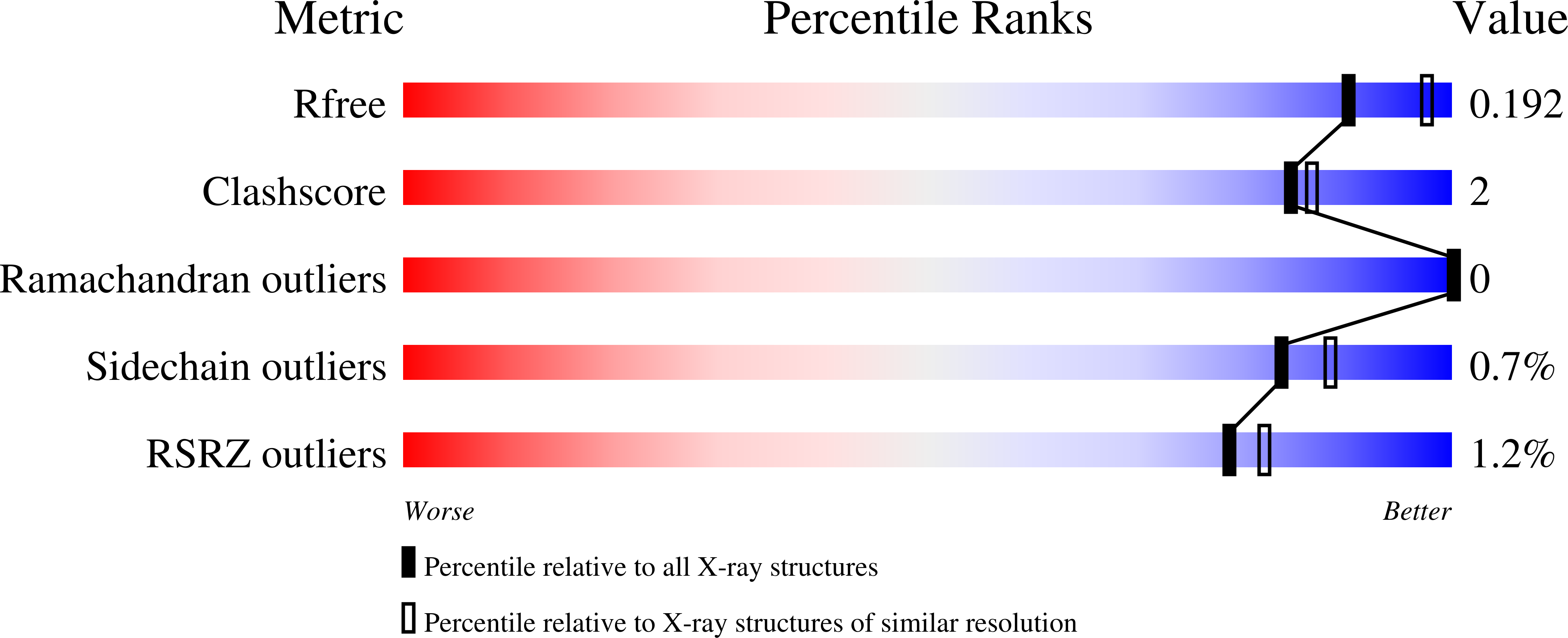
Deposition Date
2022-12-28
Release Date
2023-12-13
Last Version Date
2023-12-13
Entry Detail
PDB ID:
8FNX
Keywords:
Title:
Crystal structure of Hyaluronate lyase B from Cutibacterium acnes
Biological Source:
Source Organism:
Cutibacterium acnes HL110PA3 (Taxon ID: 765079)
Host Organism:
Method Details:
Experimental Method:
Resolution:
2.10 Å
R-Value Free:
0.19
R-Value Work:
0.15
R-Value Observed:
0.15
Space Group:
P 41 21 2


